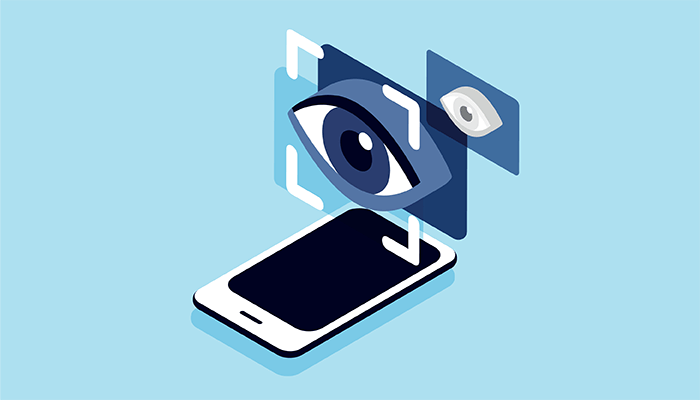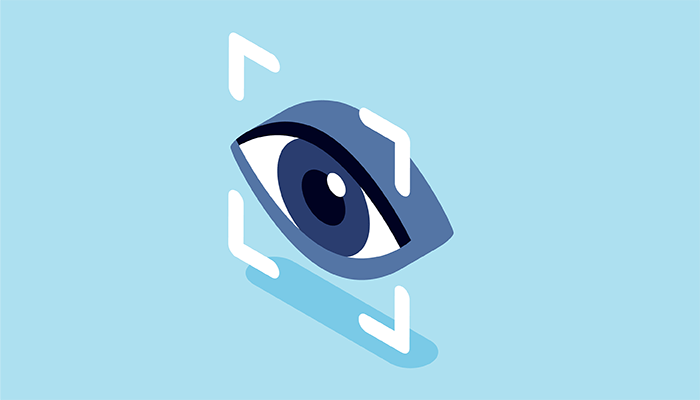
A research group from the University of California in San Diego, US, is pushing the functionality of smartphones through an application that turns the phone’s native technology into a pupillometer (1).
Specifically, the team repurposed facial recognition technology, which uses a front-facing near-infrared camera, alongside the “selfie” camera to track pupil size changes with sub-millimeter accuracy – measurements that could one day be used as digital biomarkers for neurological diseases, such as Alzheimer’s and ADHD.
By developing an app that turns most smartphones into a cheap and accessible pupillometer, the team is paving the way for more large-scale community screenings, which could not only aid in detection but also improve our understanding of neurological disease.
With a certain demographic in mind, the researchers incorporated features to help make the app as user friendly as possible. The team is also working on development of a version of the app that works on smartphones without facial recognition technology to further increase access to pupillometry.

References
- C Barry et al., CHI ’22, 235, 1 (2022). DOI: 10.1145/3491102.3502493.
